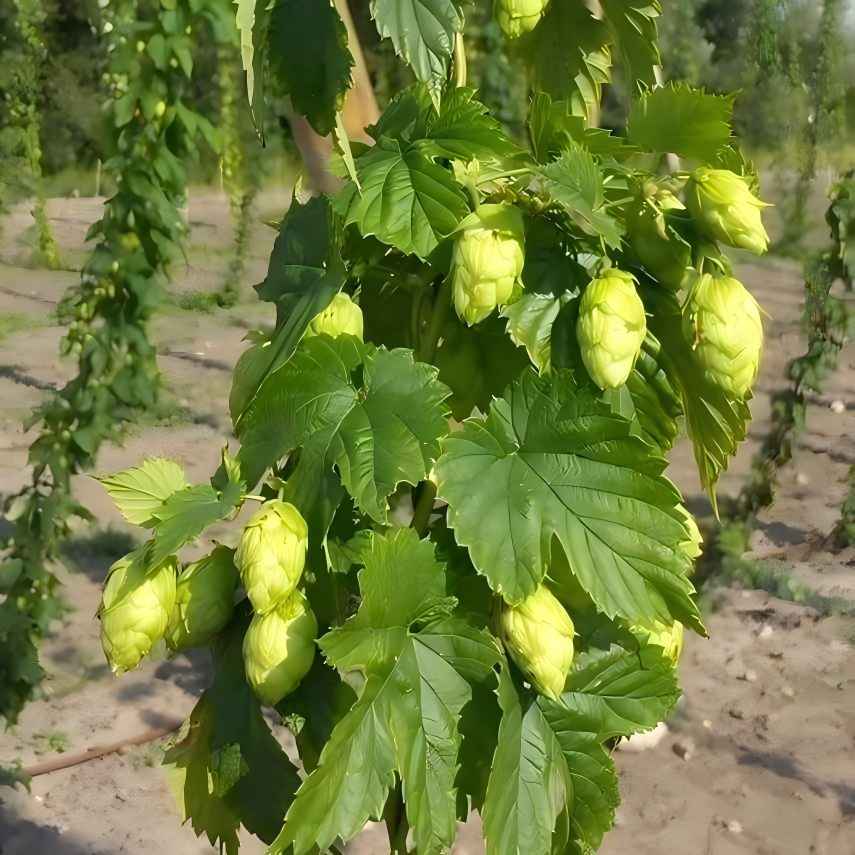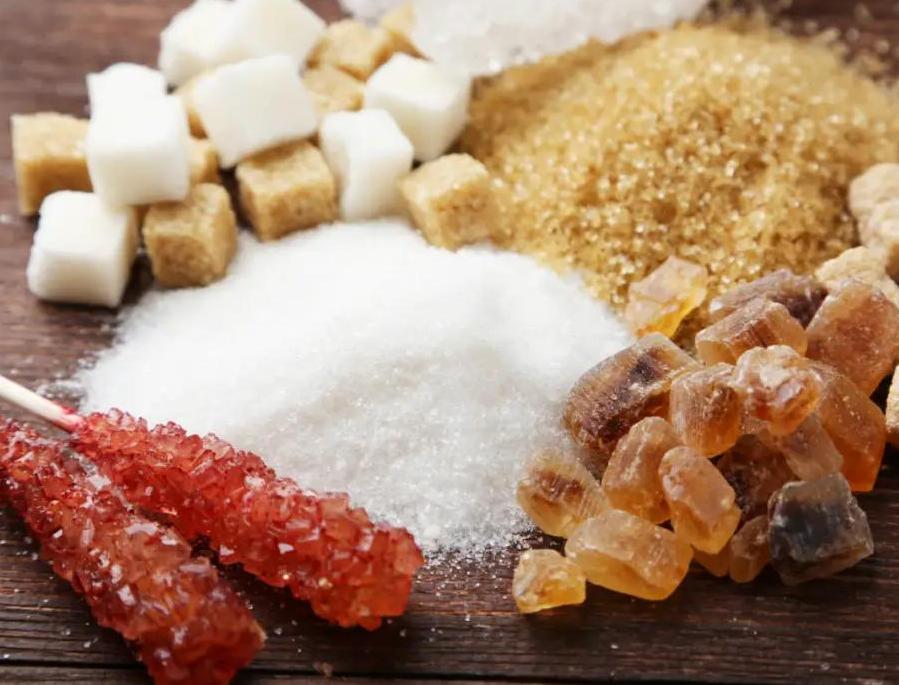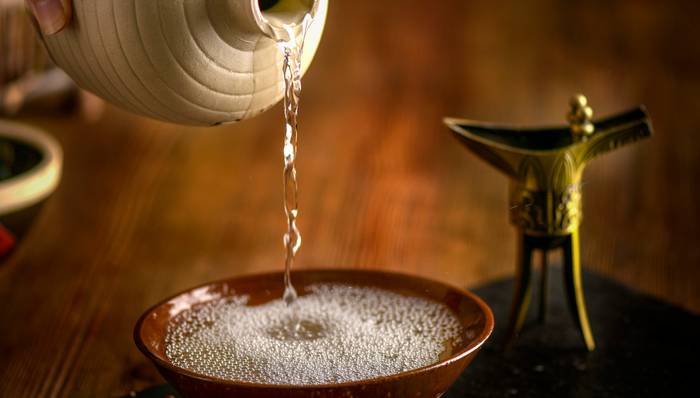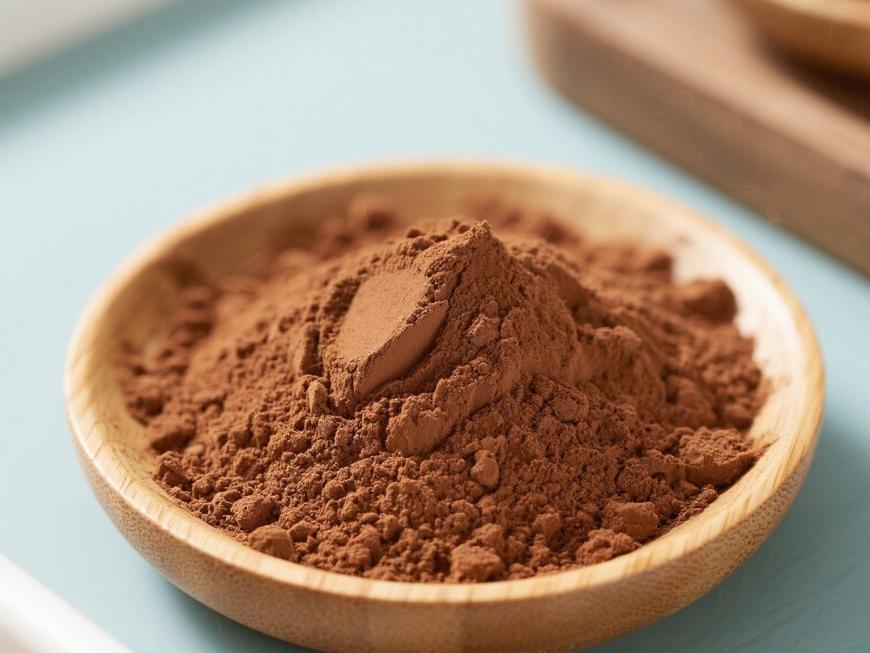Extending Shelf Life: Hops Extract as a Natural Preservative Ingredient
Hops (botanical name: Humulus lupulus L.), also known as hop, is a perennial herbaceous plant primarily cultivated in regions between 35° and 55° latitude, spanning countries such as China, Germany, and the United States. Since the 12th century, hops have been hailed as the “soul of beer,” not only imparting their distinctive flavor but also providing exceptional natural preservative properties that effectively extend beer's shelf life.
Today, with the food industry's growing demand for clean labels and natural preservatives, hop extracts are transcending traditional brewing applications to emerge as a highly sought-after, efficient natural antimicrobial ingredient. Its rich active components—such as lupulone and humulone—exhibit potent inhibitory effects against various common spoilage bacteria, particularly Gram-positive bacteria. This makes hops widely applicable across diverse food products, significantly extending shelf life while ensuring safety.
Green Spring Technology leverages natural extraction techniques to transform the preservative potential of this ancient plant into innovative solutions for the modern food industry, empowering businesses to create healthier, safer, and more consumer-trusted products.

1 Natural Antimicrobial, Dedicated to Freshness: Hop Extracts Extend Food Shelf Life
As a highly effective natural antimicrobial agent, hop extract contains key active components including humulone, lupulone, xanthohumol, and other flavonoids. These compounds demonstrate significant inhibitory effects against various common food spoilage bacteria, particularly Gram-positive bacteria such as Staphylococcus aureus and Bacillus subtilis. Due to humulone's excellent lipophilicity and biofilm affinity, it effectively disrupts the cellular structure of target bacteria, achieving high-efficiency preservation.
Notably, while inhibiting harmful bacteria, hop extract shows no significant suppression of yeast; under certain conditions, it may even promote yeast proliferation. This characteristic makes it particularly suitable for fermented food systems, effectively controlling contaminating microorganisms while safeguarding normal fermentation processes.
Leveraging these antibacterial mechanisms, hop extracts are now widely employed across diverse food preservation scenarios. They significantly extend product shelf life, reduce reliance on chemical preservatives, and meet consumer demand for clean labels and natural, health-conscious foods.
2 Green Spring Technology Hop Extracts: Multi-Domain Natural Preservation and Enhancement Solutions
Amid growing consumer demand for “clean labels” and natural health, the food and fermentation industries actively seek safe, efficient alternatives to chemical additives. Leveraging its exceptional natural antibacterial properties and multifaceted bioactivity, Green Spring Technology's hop extract has emerged as an innovative green additive in baking, juice processing, sugar production, and brewing. It delivers comprehensive solutions for enhancing product quality and optimizing production processes.
2.1 Applications in Food Processing
2.1.1 Empowering the Baking Industry
Extended Shelf Life and Enhanced Flavor: Hops extract effectively inhibits excessive mold and yeast proliferation in baked goods like bread and steamed buns, significantly extending shelf life and reducing economic losses from spoilage. Simultaneously, its synergistic interaction with specific yeasts promotes fermentation and generates sweet flavor compounds, effectively enhancing product palatability and supporting industrial-scale production and long-distance distribution of baked goods.
2.1.2 Safeguarding Juice Beverages
Maintaining Quality and Stability Adding trace amounts (e.g., 3mg/kg) of hop β-acid extract to high-sugar concentrated juices (such as 60% dry solids orange juice) significantly inhibits microbial activity, delays the formation of conversion sugars and harmful acids, and ensures stable flavor and physicochemical properties during storage. This is particularly suitable for natural preservation of premium juice and fruit pulp ingredients.
2.2 Applications in Sugar Manufacturing
Hops extracts, particularly their β-acid components, effectively suppress microbial contamination during beet extraction. By controlling harmful microorganisms like thermophilic bacteria and lactic acid bacteria, they significantly reduce sugar loss and dextroside formation while inhibiting lactic acid and nitrite production, ensuring production system cleanliness and safety. This extract offers advantages including high antibacterial activity (MIC as low as 1μg/mL against Clostridium spp.), natural biodegradability, and established international application (e.g., the “BetaStab” brand), providing reliable and eco-friendly process support to enhance sugar yield and quality.

2.3 Applications in the Brewing Industry
In alcoholic beverage and fuel ethanol production, hop extract delivers dual benefits: it efficiently suppresses undesirable microorganisms (such as lactic acid bacteria), preventing fermentation contamination while eliminating antibiotic residues and resistance risks. Simultaneously, it enhances yeast metabolic activity, promoting rapid fermentation initiation and thorough fermentation. By delaying yeast flocculation, it improves sugar conversion efficiency, ultimately boosting ethanol yield and enhancing flavor. This extract exhibits synergistic effects in low-pH environments and during yeast washing processes, with proven practical application in international ethanol plants and distilleries.
About Green Spring Technology
Green Spring Technology is dedicated to providing customers with natural, safe, and efficient industry solutions based on hop extracts. Our offerings span diverse applications including food preservation, sugar quality enhancement, and brewing efficiency improvement, assisting enterprises in achieving product upgrades and sustainable development.

3 Green Spring Technology Hop Extract: Safeguarding Food Freshness and Safety with Natural Power
As research into the antimicrobial properties of hop extracts deepens, their potential in natural preservation is gaining global attention. This natural ingredient has not only been successfully applied in the food industry to extend shelf life and enhance product safety but also demonstrates diverse innovative value in sectors like cosmetics and health supplements. As a leading domestic supplier of hop extracts, Green Spring Technology remains committed to providing clients with efficient, stable, and reliable natural preservation solutions.
Green Spring Technology's hop extracts offer the following core advantages:
⭐High Purity and Potency: Utilizing advanced low-temperature extraction and precise separation technologies, we effectively preserve the biological activity of antimicrobial components (such as α-acids and β-acids) in hops. Our extracts maintain stable purity and deliver remarkable antimicrobial efficacy.
⭐Full-chain quality control and standardized production: Implementing a fully traceable quality control system from proprietary hop cultivation to extraction, ensuring products meet international standards with high batch-to-batch consistency for stable customer production.
⭐Customized Application Solutions: Provides tailored formulation recommendations and technical support for diverse industries (baking, beverages, meat products, condiments, etc.) and production processes, enabling efficient transition to natural preservative alternatives.
⭐Regulatory compliance and export support: Products meet food additive standards in China, Europe, the US, Japan, and other regions, holding relevant certifications to facilitate market access and clean label product development globally.
While hop extract applications remain primarily focused on brewing domestically, we firmly believe its exceptional natural antimicrobial properties and clean label attributes will enable it to play an increasingly vital role in the transformation and upgrading of China's food industry.
Green Spring Technology is committed to collaborating with partners to advance innovative applications of natural extracts in the food industry, providing safer, healthier, and more sustainable preservation solutions that safeguard consumers' “freshness and health on the tip of the tongue.”
For procurement, customization, or technical consultation, please contact us at helen@greenspringbio.com or WhatsApp: +86 13649243917.
References
[1]Xie Zongwan. National Compilation of Traditional Chinese Herbal Medicines (Volume 1) [M]. Beijing: People's Medical Publishing House, 1996: 770–771.
[2]Bu Muhua. A Study on the Origins of Cultivated Crops in China [J]. Chinese Journal of Agricultural Sciences, 1981 (4): 86–89.
[3]Verzele M, Keukeleire DD. Chemistry and Analysis of Hop and Beer Bitters [M]. Elsevier Science Publishers BV, 1991: 1–3.
[4]Ludwig Narziss. Beer Wort Preparation Technology in Breweries [M]. Translated by Sun Mingbo. Beijing: China Light Industry Press, 1991: 85–90.
[5]Benitez J L,Forster A,Keukeleire D.Hops and hop products, manual of good practice[M]. EBC and Verlag Hans Carl,1997, Chapter5:98-107.
[6] Mizobuchi S,Sato Y. A new flavanone with antifungal antifungal activity isolated from hops[J]. Agriculture Biology Chemistry,1984,48 ( 11):2771-2775.
[7]Suzuki K,Ljima K,Yamashita H.Isolation of a hop-sensitive variant of Lactobacillus lindneri and identification of genetic
markers for beer spoilage ability of lactic acid bacteria[J]. Applied and Environmental Microbiology ,2005 ,71 ( 9 ):5089-5097.
[8]Sakamoto K,Konings W N. Beer spoilage bacteria and hop resistance[J].International Journal of Food Microbiology,2003,89 ( 2 /3):105-124.
[9] Langezaal C R,Chandra A,Scheffer J J. Antimicrobial screening of essential oils and extracts of some Humulus lupulus L.cultivars[J].Pharm Weekbl Sci,1992,14( 6):353-356.
-
Prev
Green Spring Technology's Hop Extracts Enhance Craft Beer Formula Innovation
-
Next
Hops Extract Empowers Innovation in Food and Health Products


 English
English French
French Spanish
Spanish Russian
Russian Korean
Korean Japanese
Japanese




